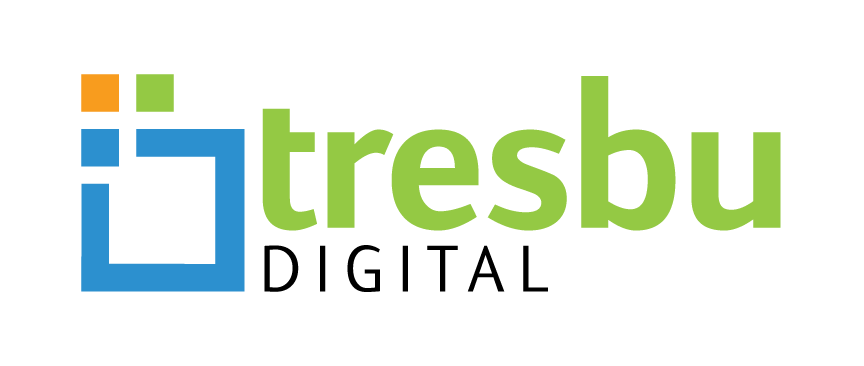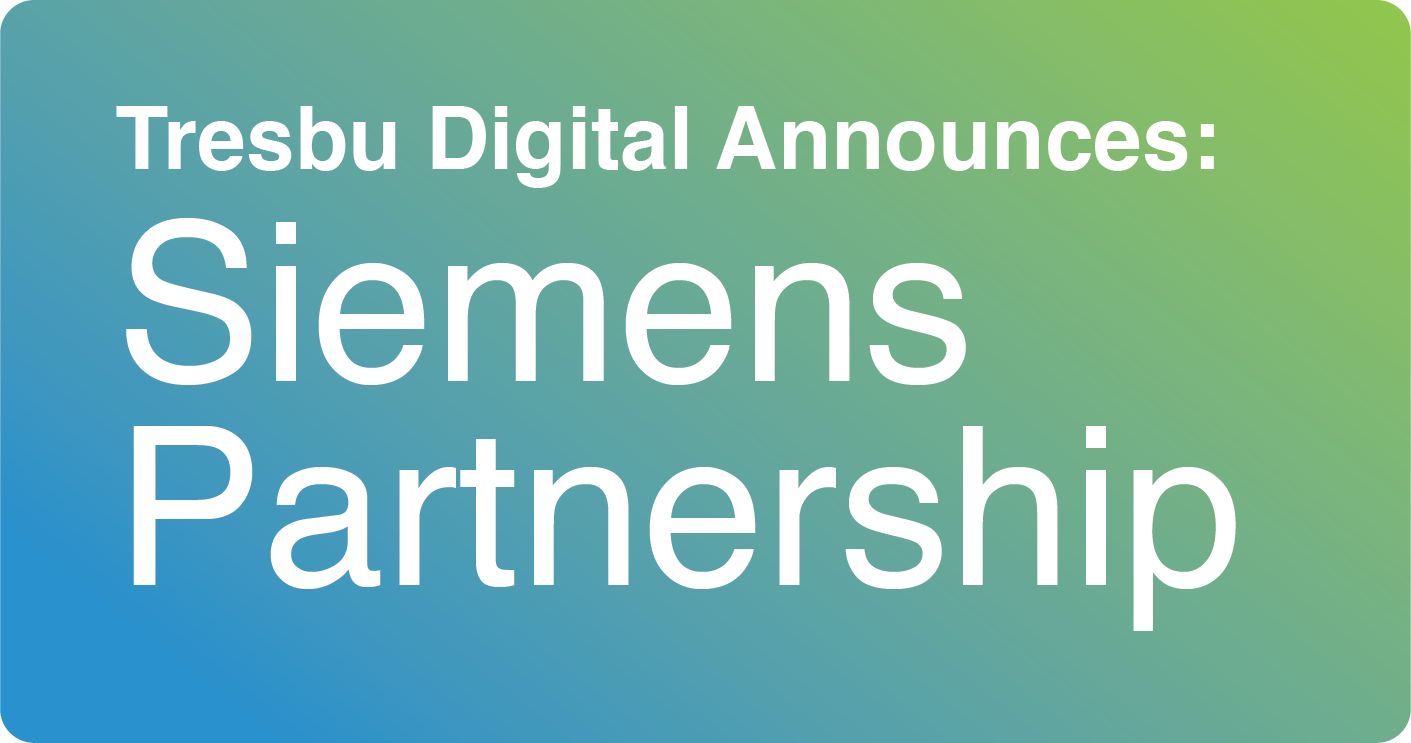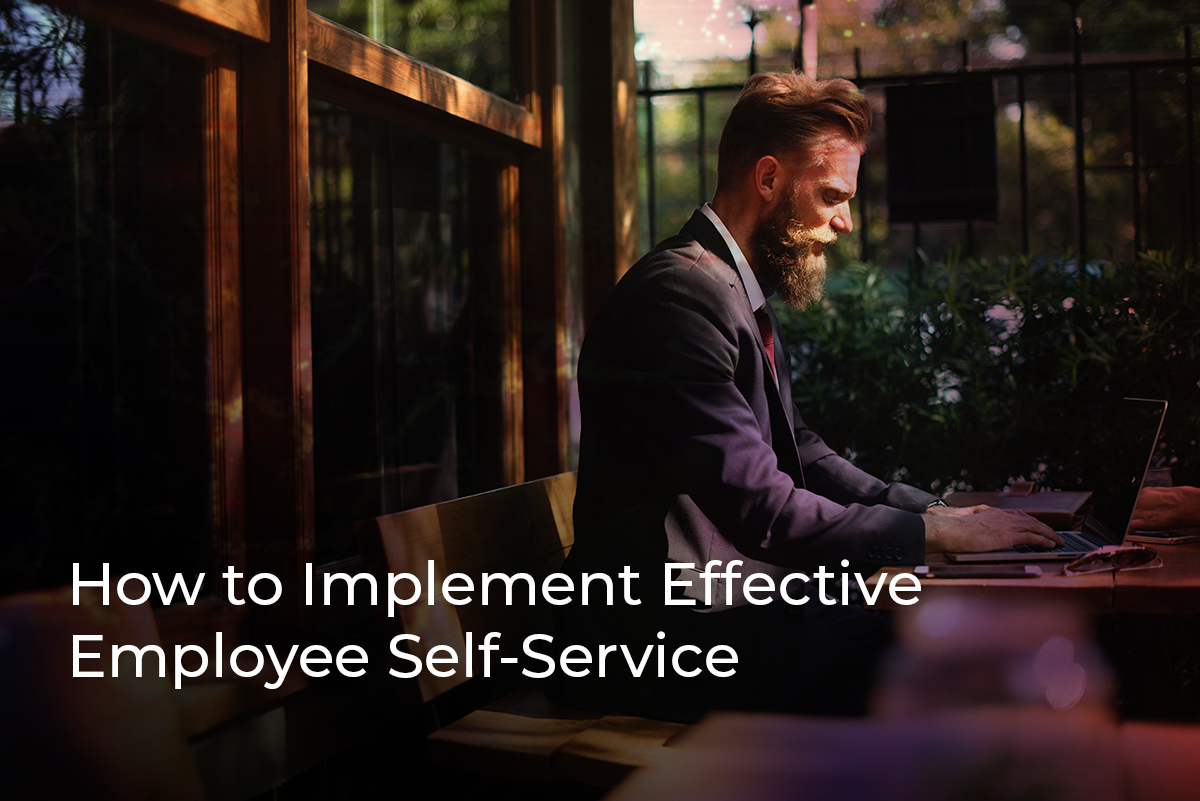It’s no secret that HR departments spend a considerable chunk of time fielding employee questions, filling out forms, and processing paperwork. Employees, in turn, grow increasingly frustrated with the process and its lack of transparency. To address those problems, HR leaders across the spectrum are turning to employee self-service portals. An employee self-service portal offers employees the opportunity to digitally perform a range of tasks the typical HR rep would normally handle, such as updating benefits information, submitting time-off requests, accessing answers to common questions, and more — all in a unified, user-friendly interface. The resulting time and cost savings, coupled with the enhanced employee experience, can virtually transform the workload of an HR department. Still, the implementation process can present plenty of challenges. Read on to learn how you can sidestep those hurdles and successfully implement employee self-service in your organization.
Keep It Easy
A user-friendly, intuitive, and attractive service portal is the first step to an effective implementation. Working with IT and your portal provider, make sure your organization’s provider offers employees the chance to easily submit routine requests and access the answers they need in a comprehensive knowledge base. A smartphone-friendly portal can also ease the transition. Don’t be afraid to test out different options on the market before making your decision. You could even sample a few offerings with a team of employees and solicit their feedback. Involving employees in the decision-making process is a great way to increase buy-in of the new system.
Publicize the Change
Employees need to be aware of the new system and its offerings. It is critical to stress the benefits and how they impact the daily requests and needs an employee confronts on a daily basis. To that end, make sure you’re publicizing the new system in as many different forums as possible, such as email, newsletters, department meetings, and town hall meetings. You’ll also want to address how the system works, and respond to any questions that might arise, particularly from those less tech-savvy employees.
Train, Train, and Train Some More
To ensure people are fully comfortable with the new self-service portal, schedule dedicated training times. Encourage employees to choose which time works for them, so it doesn’t interfere with their own schedules. You can also refer them to online-based, video training modules if they prefer.
The key to success is offering ongoing support during the transition. Designate a team or individual to serve as the point of contact for any tech issues that come up. Especially with a digital-based platform, employees need to feel confident that humans are still at the forefront of the change.
During the initial few months, you will likely see an uptick in the number of employees reaching out with queries. If the training and implementation process is comprehensive enough, this will eventually die down, and with it, you will notice a surge in HR productivity and employee engagement.
At Tresbu Technologies, we want to help guide you through the process of implementing an employee self-service portal. Reach out today to find out how we can boost productivity, upgrade the employee experience, and get you the best return on your investment. Contact us for a free consultation.
Learn how to improve your employee’s experience, right from the start.
Check out our article: 7 Simple Ways to Improve Employee Onboarding →




